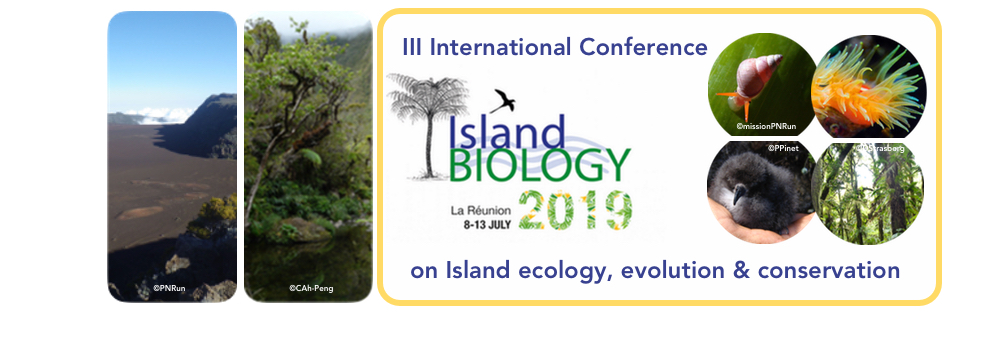Varronia bellonis (Cordiaceae) is a threatened plant species with a very restricted distribution on the island of Puerto Rico. Prior to our work, little was known about the status of natural populations, the species phenology, pollinators, seed dispersal or its habitat requirements with no investigations into its genetics or pollination syndrome. An international group is working to resolve the species taxonomic placement and develop phylogeographic and population genetic studies to develop management strategies for the species recovery. Before this study, around 40 collections lodged in herbaria since the species discovery in 1884 had wanting information about collecting locality and phenology. The IUCN Red List assessment for the species in 2014 as Critically Endangered estimated that there were only 47 mature individuals remaining in the wild based on available literature. Desk-based studies pulled together available resources into a GIS, including all available occurrence records, land cover maps from cloud-free Landsat imagery and surface geology data from the US Geological Survey. Field-based activities have been undertaken in and around the three historic locations known to have supported populations, including presence/absence survey, sampling for genetic analyses, camera trapping for plant-animal interactions and collection of habitat, phenological and morphological data. We found extant populations in and around the Maricao, Rio Abajo and Susúa State Forests and have documented several new individuals and previously unknown locations in Arecibo, San German and Utuado. The current estimate is circa 300 mature individuals. A strong correlation between the species recorded locations and specific geology and land cover types was observed suggesting the importance of habitat preference. We have secured ex-situ collections with seed stored in the seed bank at the University of Puerto Rico, Mayagüez campus. Camera trapping has revealed many animals interacting with the plant suggesting the importance of forest remnants for the species conservation. Our work is providing baseline information for developing a sound species recovery plan based on population genetics and the conservation status of remnants of preferred habitat. The project provides a framework for the collaboration on the conservation of regional endemics and for prioritizing the research needs of these species.
- Picture

 PDF version
PDF version

